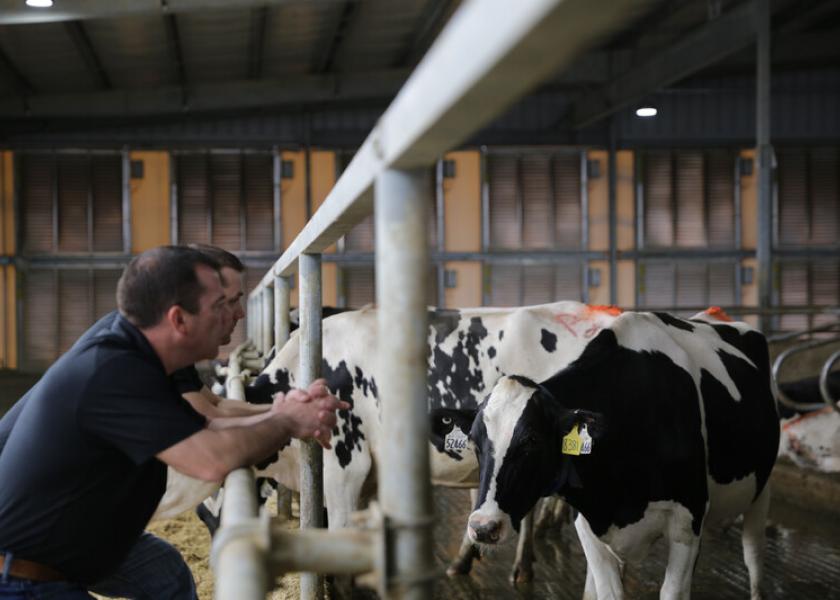The Importance Of Knowing Why She Left the Herd

Deciding when it’s time for an animal to leave the herd can be a difficult decision to make. While it’s not easy to decide who stays and who goes, it’s important to remember that there comes a time when a cow should be removed from the herd when higher profits are expected from her replacement. One way to help dairy producers determine how a cull program is performing is to take a look at the herd’s cull rate.
Determining Cull Rate
To determine the cull rate, you must first verify the number of animals that left the herd (either for slaughter or who have died) over a given period of time. Then, divide that number by the total number of cows on the dairy. While figuring out the cull rate for an operation is relatively simple, the hard part is figuring out what to do with that information.
“The cull rate, as a single number, can be a little misleading as to how well the operation is performing because it does not indicate why or when the cows were culled,” says Michal Lunak, Extension educator at Pennsylvania State University. “To find out how the operation is truly performing we must assess and understand the reasons why cows are culled as well as when cows are culled.”
To better understand why certain cows are leaving the herd, it’s important to know the two categories of culling – voluntary culling and involuntary culling.
Voluntary culling, also known as economic culling, should be the most common method of culling on the farm, Lunak says. The decision to remove an animal from the herd is made deliberately and is typically based on milk production, animal temperament or if the animal is sold as a replacement. Most of the cows culled in this category should be from the bottom of the herd making room for more profitable cows, according to Lunak.
Involuntary culling, or biological culling, typically results from farm management issues and poor animal health. A few reasons why cows may leave the herd unintentionally may be due to reproductive failure, mastitis, lameness, injuries or disease. Lunak reports that cows who are culled early into their lactation (less than 60 days in milk) represent the greatest economic losses. To help keep more money in the bank account, it is critical to keep involuntary culling as low as possible.
Dive into the Data
Once you have determined the cull rate, it’s time to break down the data. Take a look at the animals that have left the herd and divide them into either the voluntary or involuntary categories. Does the list of involuntary culls outnumber the voluntaries? If so, there may be some underlying issues occurring on the farm.
To determine these issues, break your involuntary list down even further by creating categories such as infertility, mastitis, lameness, respiratory health, metritis, displaced abomasum, etc. From there, begin to count up the number of animals that left the herd due to one of these issues. Do you notice more animals leaving the herd because of a certain problem more than the others?
While it might seem like it’s “too little, too late” for the animals who have already left the herd due to involuntary culling, discovering areas of improvement in the operation could spare future cows leaving the herd prematurely.
“Evaluating the reasons that cows are leaving the herd can help to target the management areas that need improvement,” Lunak says. “Simple changes in management can often decrease the number of cows that are involuntary culls and can increase profitability.”







